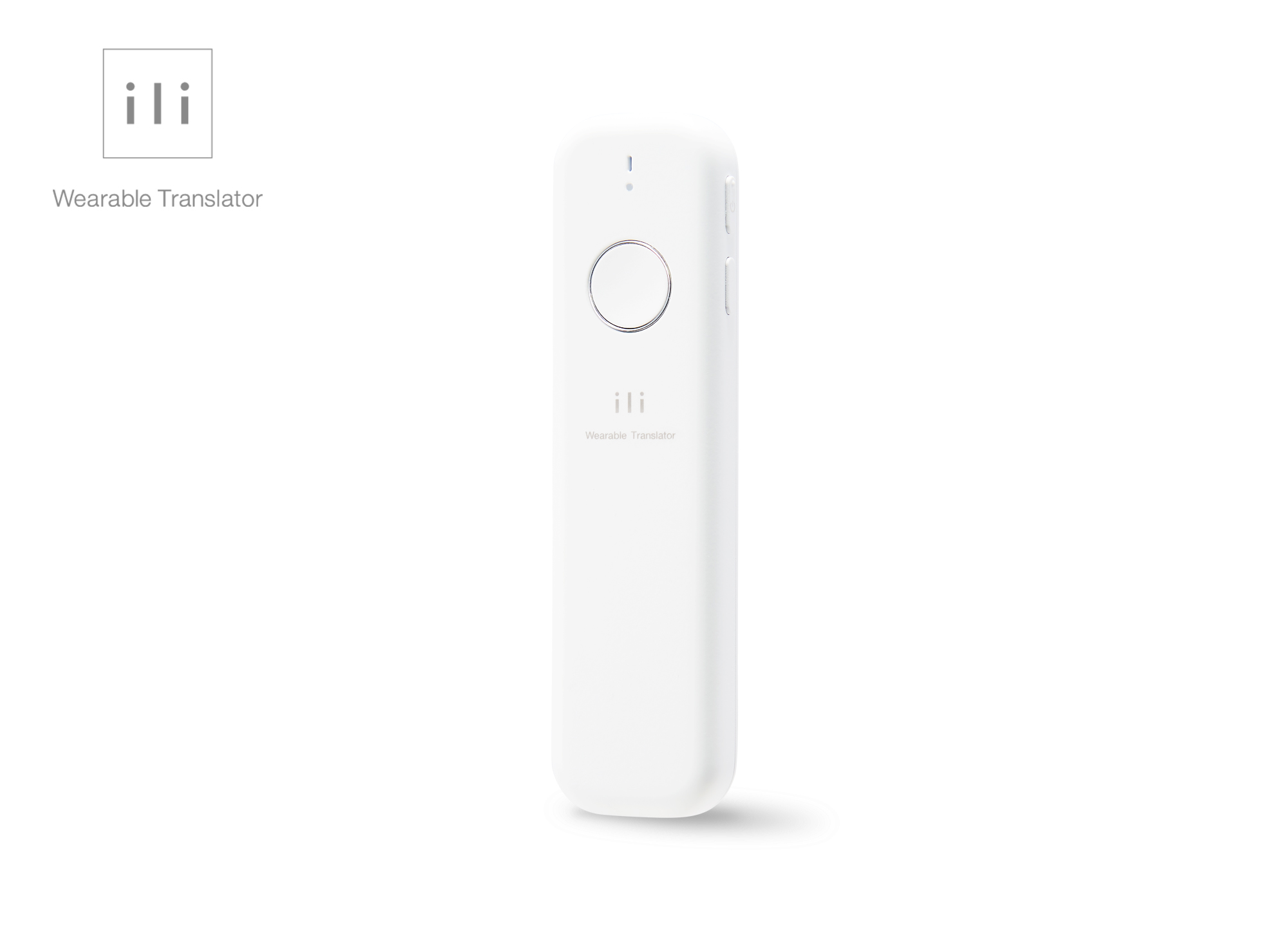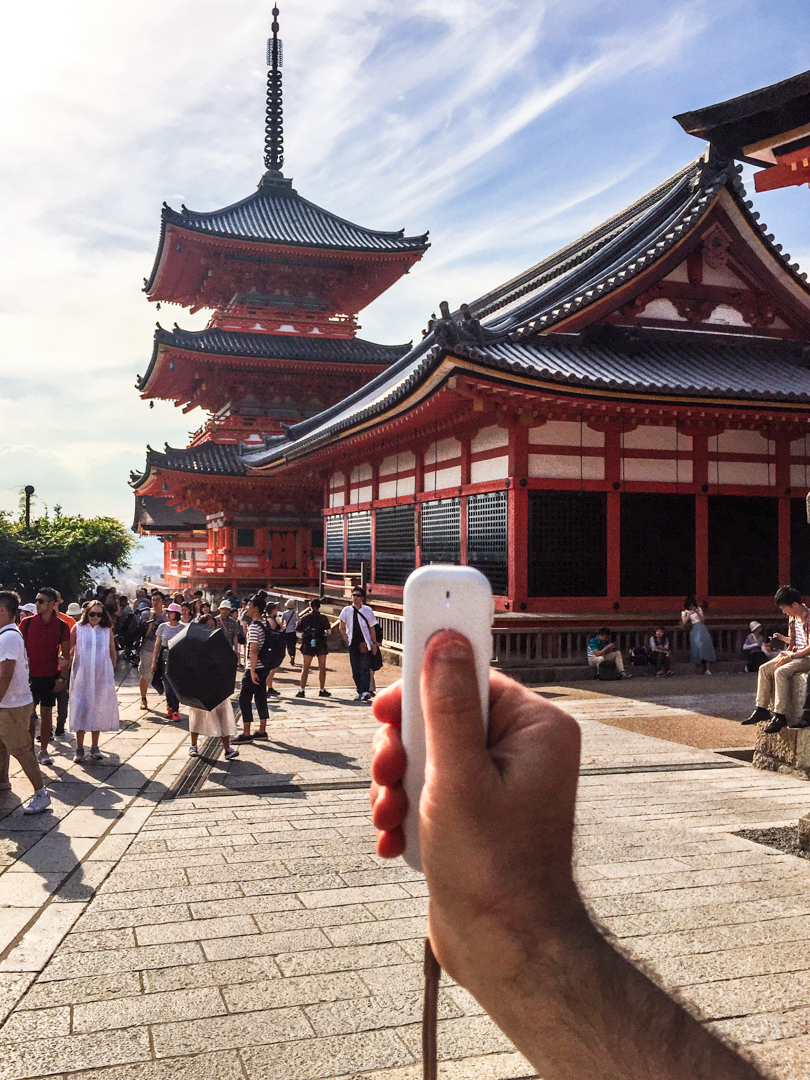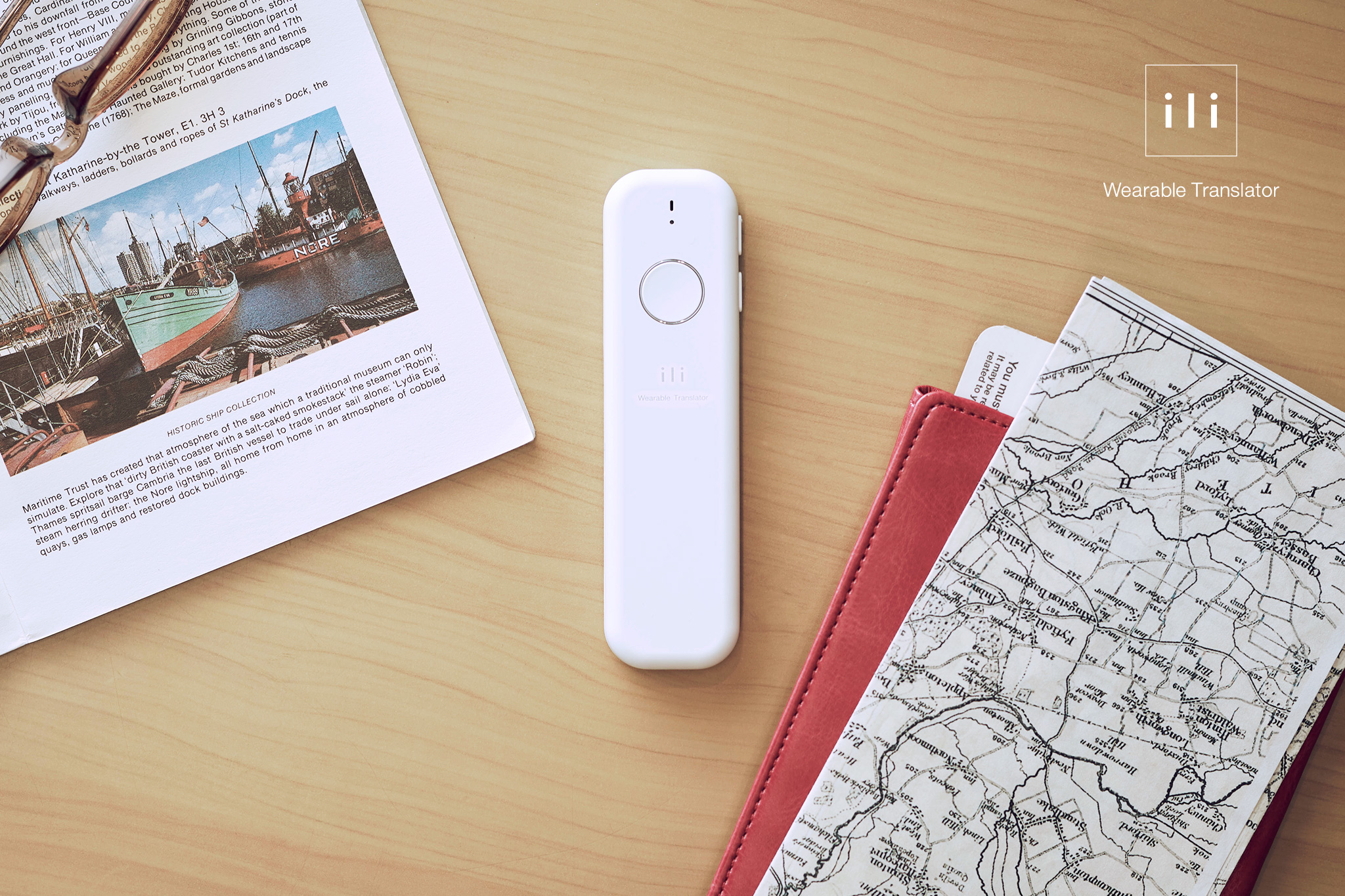GEAR REVIEW: THE ILI INSTANT TRANSLATOR
By Ian Robert Knight
(note: this may appear to be product placement or an advertorial, but it’s not. It’s an unbiased review of something we’ve used in the field and think it’s something of value to travellers.)
To me, travel is all about the experiences I have. It’s not specifically the destination that matters to me; it’s more about how I feel when I am there. When I tell stories about my travels, I talk about what I did, saw, ate, photographed, and experienced. I talk about how I saw things differently, and how I tried to navigate my way through the foreign land.
Sometimes, I talk about how I couldn’t communicate what I needed to, when speaking with locals. With language differences, it’s sometimes difficult to express myself. But on a recent trip to Japan, I was using an instant translator to help me communicate easier. That device was called ili.
I’ve been to Japan many times over the years, and I feel I know the country well enough to travel confidently. Most of the places I visit in Japan are famous landmarks where you’d find many other foreign tourists. But sometimes, I venture off the beaten path, and wander into smaller neighbourhoods that don’t see a lot of foreigners. When I do, I get to experience the real Japan that we all crave when we visit the country. And it’s during those times that having a device like ili really helps a lot.
Meet ili
ili debuted in early 2016 at the CES show in Las Vegas. Since then, it’s evolved a little until it became the product we see today. It’s the brainchild of Columbia University educated Takuro Yoshida. After starting the parent company Logbar Inc. in 2013, the engineering, production and testing of Ili and other products began. When the pre-orders began in June of 2017, they sold 10,000 in just 3 days. And since sales began in December 2017, over 50,000 units have been sold around the world.
ili currently translates English into Japanese, Mandarin or Spanish. Additional languages are planned, including Korean and French. No word on when these other languages will launch, but they will be welcomed.
One Way
ili only works one-way. By that, I mean that you can only translate from English to another language, not the other way around. So if you use the device to ask a question, the respondent needs to reply verbally or through gestures. Maybe they’ll reply in English or their own language. Although this struck me as odd at first, I understand why it’s done this way. If you were to hand ili to someone else to reply to you, you’d have to explain how to use it. There would be the need to switch languages back and forth, slowing things down. And by then, your original purpose for asking a question may be lost.
From App to ili
Initially, Logbar designed a translator app for mobile phones, but the drawbacks of that became quickly clear. Apps usually require a WiFi connection to work, and that isn’t always easy to set up in a foreign land. Sometimes you can’t get a good signal, or it’s too expensive. And using a phone as a translator wasn’t practical for other technical reasons like speakers and microphone positioning. And there are already lots of Apps for translation available.
Eventually, Logbar came to the realization that a standalone device was the way to go. The first iteration was a two-way translator, but it eventually settled on the one-way version after testing. What made ili stand out from other similar devices was how quickly it responded, and how it was able to function without a WiFi signal. It was small enough to wear around your neck, and weighs about the same as your passport. It was a winning design.
In the Field
Using ili as a one-way translator works surprisingly well. In most cases when I was asking questions – about food, directions, etc. – the answer was very simple. The reply was usually just a confirmation, or pointing a direction, or some giggles. But it always resulted in a smile from the listener.
I found that I used it whenever I encountered locals that were shy about their ability to speak English. This happened frequently during the trip. Conversing with taxi drivers was a common occurrence. Often the drivers would struggle with basic questions about locations. But when ili was involved, answers were swift and cheerful. Staff in restaurants and shops were another great opportunity for using the device. Even the smallest effort to communicate in Japanese made the world of difference.
Recommendations
Is ili right for you? If you travel in countries where Mandarin, Spanish or Japanese are commonly spoken, probably. If you are reluctant to travel to countries where those languages are spoken, then definitely. Having an inability to speak another language shouldn’t stop you from travelling. And having a device like Ili available during your travels will certainly improve your experiences.
I think ili is just the beginning of wearable translation devices. As the years march onward, I think we’ll see a lot more improvements in the technology. But for now, if you’re interested in using a translation device when you’re travelling, you can’t miss with this little unit.
I can think of dozens of Adventures that we run where Ili would be useful. If you’re joining us in Cuba, Spain, Chile, Guatemala, Argentina, Mexico, China or Japan, one of these little devices would come in handy.
Don’t let language be a barrier to your enjoyment of travel. Ili can be bought online through their website, or at Macy’s and B8ta stores in New York, San Francisco and Santa Monica.















I got the “first” (English to Japanese/Mandarin/Spanish) ili last April (2018) and when I arrived in Tokyo shortly thereafter, my Japanese friends had purchased for me the “reverse” ili, which translates from Japanese to English/Korean/Mandarin. Used them in tandem and they work really well (used them again on my Fall trip to Kyoto, Naoshima, Okayama, and Osaka, from which I just returned. They are terrific: one must speak slowly and simply, however; these are not really useful for serious conversations. But for casual inquiries (“what is this?”, “where is that?”, “how much does this cost?”) etc. this is a terrific device. About $125 per translator.
Was that an actual ili device (the reverse version)? Because ili’s manufacture doesn’t mention any such device on their website.